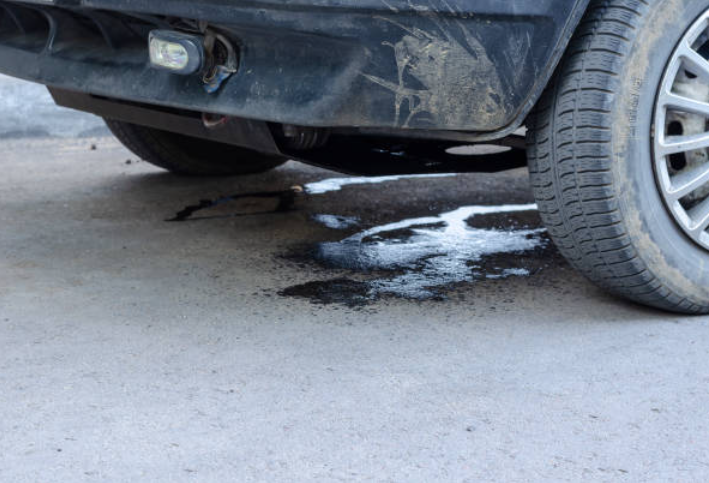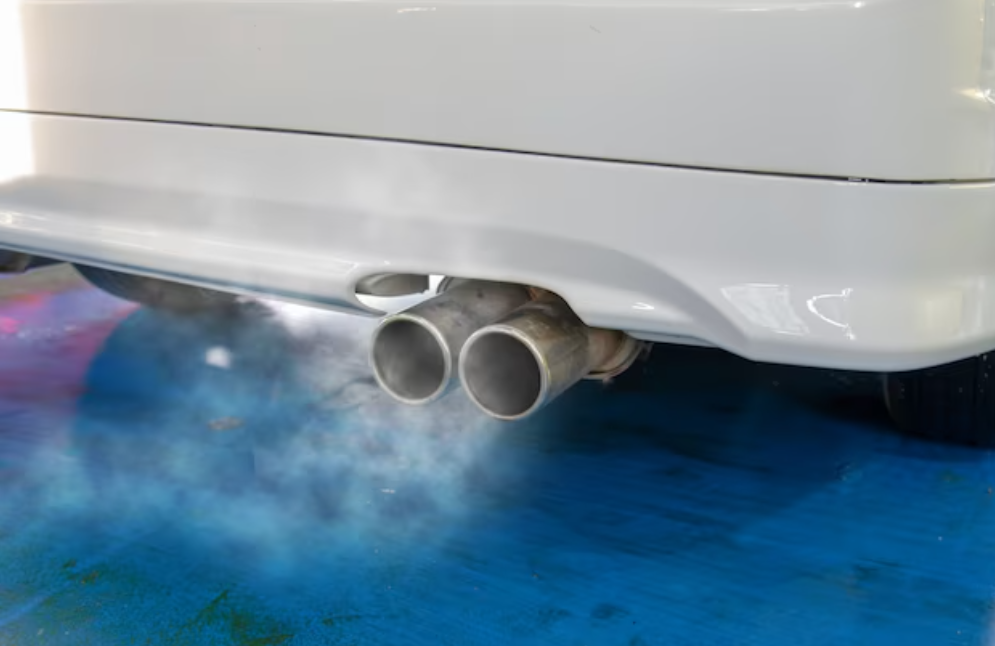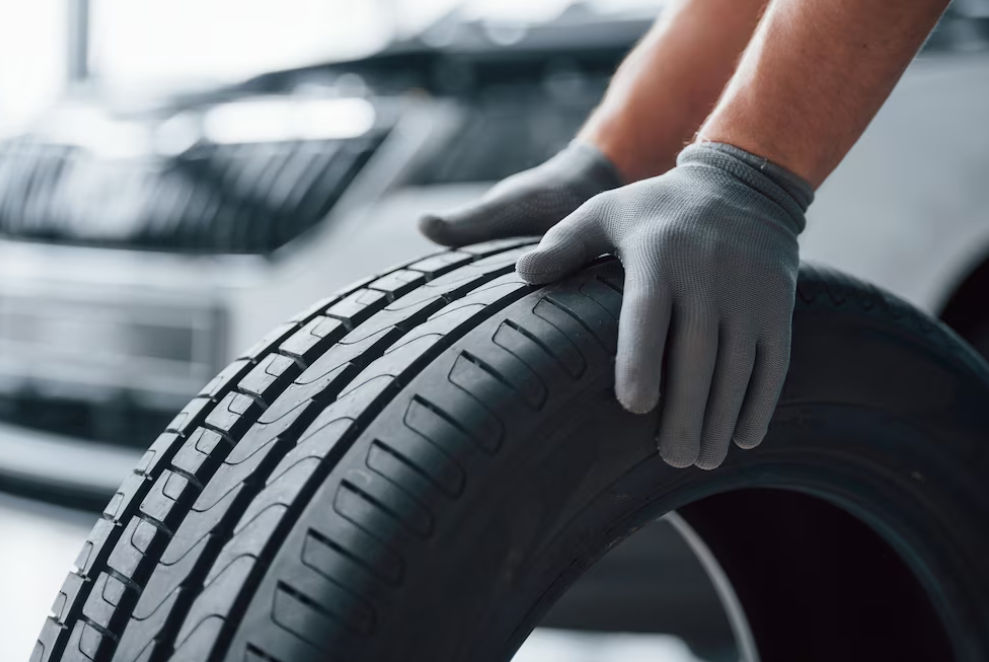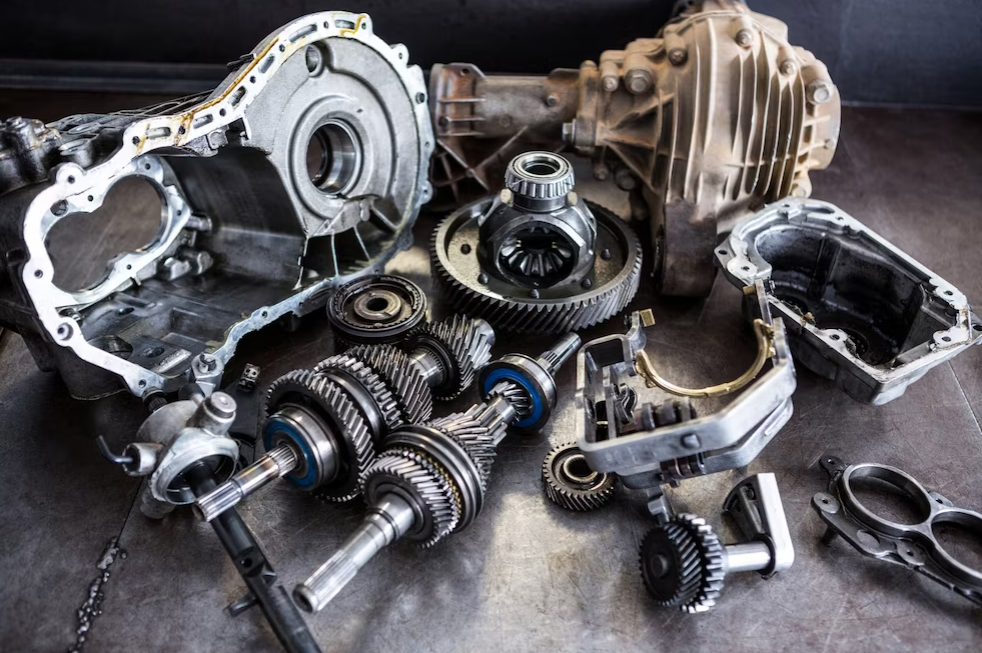How To Use Car Ramps?
Want to get to your car's undercarriage without bending like a limbo champion? For your next oil change or tune-up, think about using a strong pair of auto ramps instead of spending a lot of money on a professional car lift. These multipurpose instruments are appropriate for a range of automobiles, including large trucks and low-profile sports cars. We will show you how to properly raise your automobile onto ramps in this guide so you can operate underneath them without running the risk of damaging them, your car, or yourself.

Safety First
When using auto ramps, safety must always come first because even seemingly easy operations can go wrong if care is not taken. Following safety precautions is crucial to avoiding property damage and personal injury to you and other people. The following are important safety reminders to remember:

- Choose a flat surface for using car ramps to minimize the risk of the vehicle slipping off. Avoid inclines or uneven surfaces.
- Take note of the weight capacity specified for the ramps. Each pair of ramps will have a designated weight limit, so ensure it matches or exceeds your vehicle's weight.
- Avoid using ramps on soft, wet, or slippery surfaces. If necessary, place a non-skid mat underneath for added stability.
- Select ramps rated for your vehicle's weight to prevent structural failure. Check the maximum rated load, typically found on the driver's door sticker or in the owner's manual.
- Opt for low-clearance ramps for vehicles with minimal ground clearance to prevent scraping of the undercarriage.
- Confirm that the ramps feature rubber stops or utilize a grip pad underneath for enhanced traction and to prevent sliding during use.
- Use wheel chocks on the opposite end of the ramps to complement the parking brake, preventing the vehicle from rolling off inadvertently.
By following these safety guidelines, you can ensure a smooth and secure experience when using car ramps for maintenance or repairs.
Car Ramps: You will need one set of ramps for the front wheels or the back wheels. Whenever possible, choose ramps made of solid steel or heavy-duty plastic to ensure stability and longevity.
Wheel chocks: positioned behind the wheels and keeping in contact with the ground, these plastic stops operate as an extra safety precaution to stop any inadvertent movement of the car.
Preparation is crucial for safely positioning your vehicle onto the ramps, ensuring a smooth and incident-free process. Take extra care during this step, as meticulousness can prevent potential mishaps. Here's what you need to do:
- Choose a flat, open area for the procedure, preferably within a garage or a flat parking lot. Ensure there's ample space in front of the vehicle for driving forward onto the ramps.
- Ensure the wheels are pointing straight ahead, aligning them parallel to each other.
- Position the ramps in front of the front wheels of the vehicle. Carefully slide them into place until they make contact with the wheels, ensuring a snug fit for stability and safety.
Using car ramps to elevate your vehicle involves careful alignment and controlled maneuvering to ensure safety throughout the process. Here's a step-by-step guide to effectively driving onto and off of the ramps:
Using car ramps to elevate your vehicle involves careful alignment and controlled maneuvering to ensure safety throughout the process. Here's a step-by-step guide to effectively driving onto and off of the ramps:
Driving onto the Ramps:
- Begin by double-checking the alignment of the ramps with each wheel of the vehicle. Aim for centered positioning to minimize the risk of accidents or damage.
- Slowly drive the vehicle up the ramp, maintaining a low speed and keeping the wheels straight. Be mindful of any raised edges on the ramps if you veer off-center.
- If needed, have a friend assist you in guiding the vehicle to ensure it remains straight as you ascend the ramps.
- If you notice the ramps sliding forward, consider placing a long board between the ramps and a wall to stabilize them.
- Stop the vehicle once it reaches the top of the ramps, ensuring each wheel rests fully on the flat portion of the ramp.
- Engage the parking brake and reconfirm the alignment of the vehicle to ensure the ramps can adequately support its weight.
- Place wheel chocks behind the opposite set of wheels, wedging them securely into the tires for added stability.

Driving off the Ramps:
- Before driving off the ramps, double-check the alignment of the wheels to ensure they're straight and centered on each ramp.
- Remove the wheel chocks from the opposite set of tires.
- Disengage the parking brake, allowing the vehicle to move freely.
- Apply gentle pressure on the gas pedal, typically in reverse, to slowly move the vehicle off the ramps. Avoid excessive acceleration.
- Allow the vehicle to roll down the ramps while maintaining control with the brake pedal. Keep the wheels straight throughout the descent.
- Once safely off the ramps, park the vehicle and remove the ramps to complete the process.
By following these steps diligently, you can safely use car ramps to elevate your vehicle for maintenance or inspection purposes.
Elevate All Four Wheels: If you need to elevate all four wheels of your vehicle, consider using wheel risers in conjunction with the ramps. This additional equipment provides stability and ensures all wheels are safely elevated for maintenance tasks.
Invest in High-Quality Ramps: Since high-quality ramps frequently turn out to be a beneficial investment, think about making this investment. Superior-quality ramps are more capable of supporting larger loads and withstanding extended use, which lowers the possibility of damage or failure while in use.

Look for Safety Features: When selecting ramps, keep an eye out for safety features such as ramps with a slight dip at the top. This design feature serves as an indicator, providing visual confirmation when the wheels are securely positioned on the ramps, enhancing safety and peace of mind during use.
Put Stability and Durability First: To guarantee dependable performance, choose ramps with a stable design and robust construction. Ramps with anti-slip surfaces and reinforced materials provide increased stability, lowering the risk of slippage or accidents during the elevation process.
Think About Weight Capacity: Make sure ramps can safely sustain the weight of your car by checking their weight capacity before utilizing them. Selecting ramps with a weight capacity greater than the gross weight of your car guarantees sufficient support and reduces the possibility of structural collapse.
Frequent Maintenance: To keep your ramps in top condition, do routine maintenance inspections on them. To keep the ramps functional and safe, look for any indications of wear or damage and take immediate action to fix any problems.
Are car ramps superior to jack stands?
Jack stands excel at suspending your car, particularly when wheel removal or lifting the entire frame is necessary. However, for general convenience, ease of setup, and safety, car ramps typically offer a more favorable option.
Can I construct my own car ramps?
While it's technically feasible to fabricate your own ramps, it's advisable to purchase a professionally manufactured pair. Commercial ramps utilize durable materials such as hard plastics and metals, offering superior weight-bearing capabilities and durability compared to typical DIY materials.
Is it common for ramps to experience deformation?
Minor impressions on the top surface of car ramps after several uses are normal. However, significant bends or cracks indicate potential structural issues, signaling the need for replacement.
How should I store ramps when they are not in use?
Most ramps feature a stackable design, allowing for compact storage in your garage. Additionally, if the ramp has a flat back, you can maximize space efficiency by standing it up vertically when not in use.
In conclusion, car ramps save you money on professional lifts by offering a practical and secure way to access your car's undercarriage for maintenance or repairs. You may safely raise your car up ramps by following safety precautions and being well-prepared. This will ensure stability and reduce the chance of damage or accidents. Purchase sturdy ramps and think about adding extra safety elements, such as wheel chocks, for increased stability. Use automobile ramps safely and effectively to preserve the performance of your car by paying attention to these pointers.
Click on the following link to read another blog post: How To Clean Microfiber Towels?















